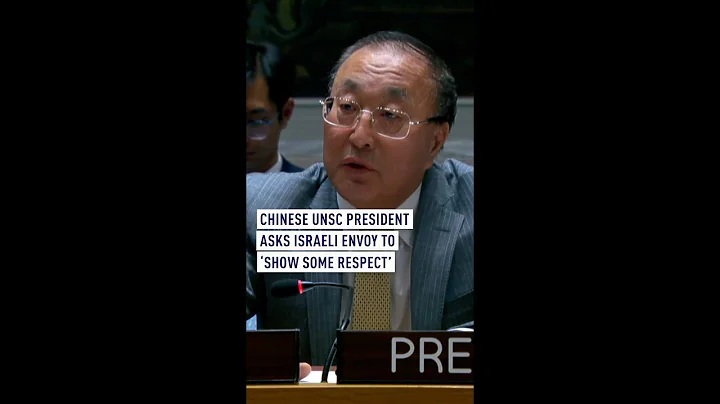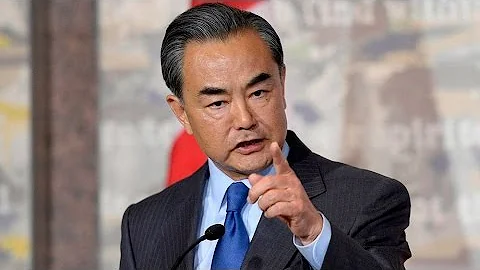Since the launch of the Fujian aircraft carrier on June 17, people have been full of expectations for the subsequent development of the Chinese aircraft carrier . And this answer finally has an official response.
At the regular press conference of the Ministry of National Defense held on the afternoon of June 30, the spokesperson of the Ministry of National Defense, Colonel Tan Kefei, said in response to reporters’ questions: “China’s development and improvement of weapons and equipment are not aimed at any country or specific target, and will not target any country or specific target. Any country or region that poses a threat is solely for the purpose of safeguarding national sovereignty, security, and development interests. Regarding the follow-up development plan of China’s aircraft carrier , we will comprehensively consider it based on national security needs and equipment and technology development.”

Tan Kefei’s answer, Simple and wise. It not only responds to various concerns at home and abroad, but also leaves room for everyone to imagine the development of Chinese aircraft carriers.
If understood from a semantic perspective, Tan Kefei’s response released at least three levels of meaning.
First, the Fujian ship is definitely not the last aircraft carrier built by China. Since Tan Kefei took over the topic of the aircraft carrier's follow-up development plan and did not deny it, this means that there will be a fourth or even more follow-up development plans in the future.

Second, the follow-up development plan of aircraft carriers may include nuclear-powered aircraft carriers. Although Tan Kefei did not mention the issue of developing nuclear-powered aircraft carriers, he mentioned that it will be considered comprehensively based on the development of equipment and technology.
The development of equipment technology mentioned here can be understood as not only the development of China's own equipment technology, but also the development of the world's advanced aircraft carriers.
China’s military construction goal is to realize the modernization of military construction by 2035 and to achieve the goal of building a world-class military by around 2050. The most advanced aircraft carrier in the world is the design level of the American Ford-class aircraft carrier . For now, China's electromagnetic ejection technology is already ahead of the United States, and the development of fourth-generation stealth carrier-based aircraft is catching up. Only the issue of aircraft carrier nuclear power needs to be caught up. Developing nuclear-powered aircraft carriers is the only way forward. Otherwise, it cannot be called a modern and world-class army.
The development of small nuclear reactors in our country has made good progress. The world's first land-based commercial small reactor "Linglong 1" demonstration project independently developed by my country has been unveiled. The thermal power of the two A4W nuclear reactors of the Nimitz-class aircraft carrier is 550 megawatts, the thermal power of the two A1B nuclear reactors of the Ford-class aircraft carrier is 700 megawatts, and the thermal power of China's two "Linglong One" nuclear reactors can reach 620 Megawatts, between Nimitz-class and Ford-class , with power generation capabilities exceeding them. Although the technical standards of commercial nuclear reactors, abundance of nuclear fuel, and environmental requirements are different from aircraft carrier nuclear power technology, the relevant technologies of "Linglong 1" still provide strong technical support for China's future nuclear-powered aircraft carriers.
Third, in the future, the size and organization of the Chinese Navy's aircraft carrier fleet will be determined based on national security needs. China's construction of aircraft carriers is "entirely to safeguard national sovereignty, security, and development interests." The focus is on its own security, not to compete with any country for superiority, or to compete with which country has more and less. It will certainly not be like the United States. To maintain world hegemony, we must develop more than ten aircraft carriers, but we must have the ability to fully deal with the threat of US aircraft carriers. Therefore, the development of China's aircraft carrier will follow its own path. For example, the amphibious assault ship consisting of several aircraft carriers and several electromagnetic catapult stealth carrier-based aircraft may be an option.
In short, the Chinese Navy's aircraft carrier development in the future will go its own way, whether in terms of quality construction, quantity scale or team formation.





















